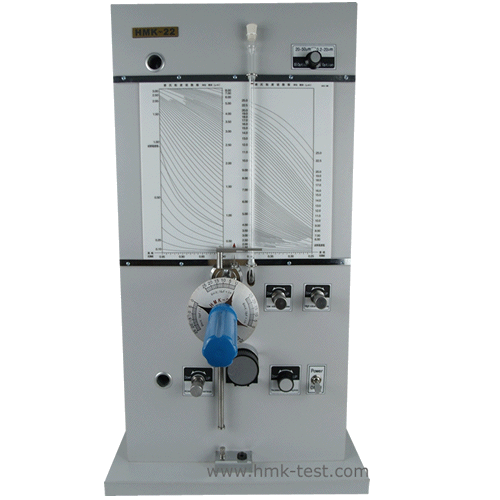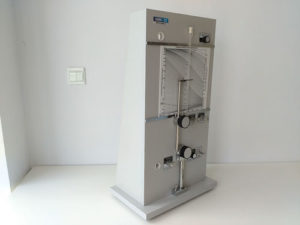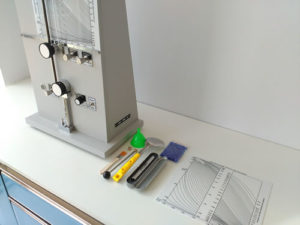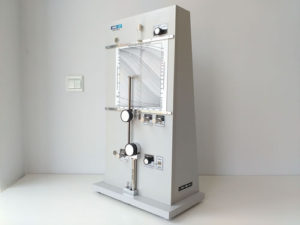You are here: Home > News > 201. ASTM B330
201. ASTM B330
ASTM B330
Standard Test Methods for Estimating Average Particle Size of Metal Powders and Related Compounds Using Air Permeability
Significance and Use
4.1 These test methods provide procedures for determining the envelope-specific surface area of powders, from which is calculated an “average” particle diameter, assuming the particles are monosize, smooth surface, nonporous, spherical particles. For this reason, values obtained by these test methods will be reported as an average particle size or Fisher Number. The degree of correlation between the results of these test methods and the quality of powders in use will vary with each particular application and has not been fully determined.
4.2 These test methods are generally applicable to all metal powders and related compounds, including carbides, nitrides, and oxides, for particles having diameters between 0.2 and 75 μm (MIC SAS) or between 0.5 and 50 μm (FSSS). They should not be used for powders composed of particles whose shape is too far from equiaxed – that is, flakes or fibers. In these cases, it is permissible to use the test methods described only by agreement between the parties concerned. These test methods shall not be used for mixtures of different powders, nor for powders containing binders or lubricants. When the powder contains agglomerates, the measured surface area may be affected by the degree of agglomeration. Methods of de-agglomeration such as that specified in Practice B859 may be used if agreed upon between the parties concerned.
4.3 When an “average” particle size of powders is determined either the MIC SAS or the FSSS, it should be clearly kept in mind that this average size is derived from the determination of the specific surface area of the powder using a relationship that is true only for powders of uniform size and spherical shape. Thus, the results of these methods are only estimates of average particle size.
1. Scope
1.1 These test methods use air permeability to determine an envelope-specific surface area and its associated average equivalent spherical diameter (from 0.2 to 75μm) of metal powders and related compounds. The powders may be analyzed in their “as-supplied” (shipped, received, or processed) condition or after they have been de-agglomerated or milled by a laboratory procedure (“lab milled”) such as that specified in Practice B859. The values obtained are not intended to be absolute but are generally useful on a relative basis for control purposes.
1.2 Units—With the exception of the values for density and the mass used to determine density, for which the use of the gram per cubic centimetre (g/cm3) and gram (g) units is the longstanding industry practice; and the units for pressure, cm H2O – also long-standing practice; the values in SI units are to be regarded as standard.
1.3 This standard does not purport to address all of the safety concerns, if any, associated with its use. It is the responsibility of the user of this standard to establish appropriate safety and health practices and determine the applicability of regulatory limitations prior to use.
Fisher sub sieve sizer https://www.hmk-test.com/hmk-22-fisher-sub-sieve/





2017/07/11 11:04:22
[…] ASTM B330 2017-06-12 ISO 10070 2017-05-31 where to buy fisher sub sieve sizer model 95 spare parts […]